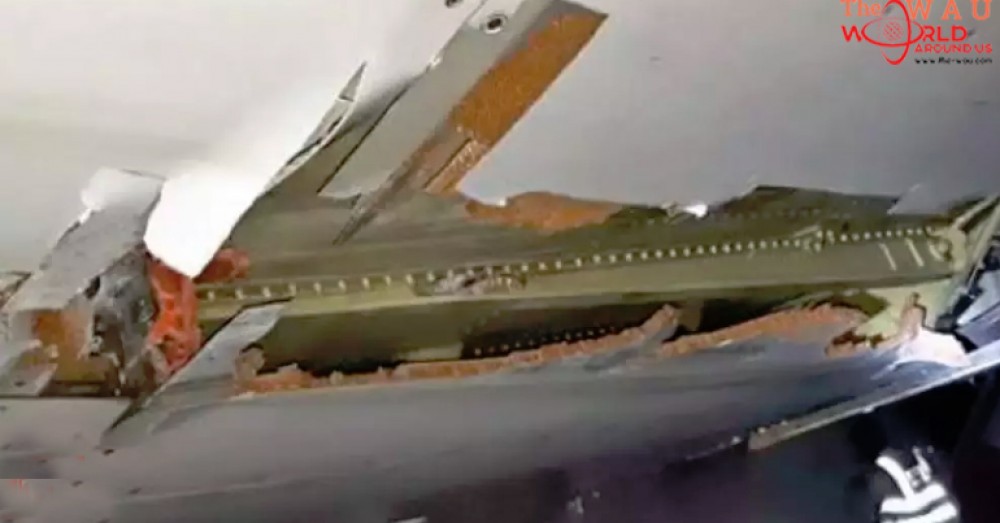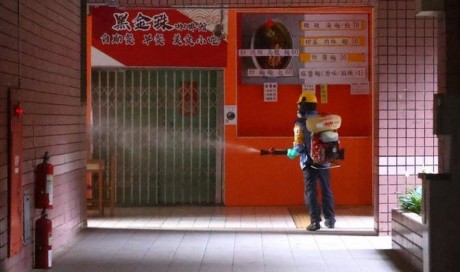An Air India Express Boeing 737-800 aircraft with 136 people on board hit a ground-based antenna and then the perimeter wall of Trichy airport during takeoff on Friday morning. The passengers had a miraculous escape as for close to four hours, the Boeing 737 stayed airborne cruising its way to Dubai at 36,000 feet with a portion of its underbelly lacerated and exposed.
Sources said some 30-40 minutes after departure, Bangalore's air traffic control (ATC) was informed by its Trichy counterparts about the damaged airport wall. "It was conveyed to the pilots. Then the Mumbai ATC, too, informed them twice. The pilots reported that the aircraft systems were operating normally and decided to continue with the flight," said a source.
The standard operating procedure is to return to the airport as soon as possible. "It was not until the Air India flight operations department asked them to divert and land in Mumbai that they turned back," said the source.
The Directorate General of Civil Aviation (DGCA) has begun a preliminary inquiry while the Aircraft Accident Investigation Bureau will carry out an in depth inquiry. There is no cockpit voice recorder (CVR) data, though, on what transpired between the pilots during take off.

The eight-year-old Boeing 737 (VT-AYD) operating the Trichy-Dubai flight IX611 took off at 1.18am. "It was very low and hit the localiser antenna," said a source.
That is unlikely to have peeled off the aircraft underbelly. International Civil Aviation Organisation guidelines specify that the antenna has to be frangible or fragile enough to not impact an aircraft that might fly into it.
The Boeing 737 then hit the upper portion of the airport perimeter wall, located about 50 feet beyond the localiser. Mohan Ranganathan, an air safety expert said,
"The aircraft should not have been less than 100 feet when passing the antenna." The localiser antenna is not more than five to six feet high. "It is unlikely that the pilots didn't realise that the aircraft had hit something," he added. Post landing, the aircraft undercarriage was found to be covered with the green wire mesh installed on top of the perimeter wall.
About 30 minutes into departure, the Bangalore ATC were informed by their Trichy counterparts about the mishap, which, in turn, informed the pilots, said a source. The pilots decided to continue. Then the Mumbai ATC informed them twice, at 2.30am and then at 3.30am. The aircraft was en route over the Arabian sea about 900km west of Mumbai, in the Muscat airspace, when it was finally diverted.
An AIX spokesperson said, "Trichy airport officials observed that the aircraft might have come in contact with the airport wall. The matter was conveyed to the pilot in command, who reported that the aircraft systems were operating normally. It was decided to divert the aircraft to Mumbai as a precautionary measure."
Both the pilots have been derostered. The pilot in command has 3,600 hours of flying experience on the Boeing 737, including 500 hours as a commander and the first officer has about 3000 hours of experience on the Boeing 737. A pilot can fly a maximum of 1,000 hours in a year.
Share This Post












